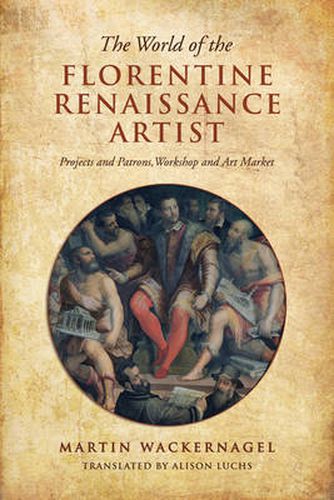Readings Newsletter
Become a Readings Member to make your shopping experience even easier.
Sign in or sign up for free!
You’re not far away from qualifying for FREE standard shipping within Australia
You’ve qualified for FREE standard shipping within Australia
The cart is loading…






First published in German in 1938 and later translated into English, this classic of Italian Renaissance historiography centres on the relationship between Florentine art and the conditions under which it was created. In rich detail, Martin Wackernagel explores the impact of patronage and function, widespread demand for art, workshop techniques, and businesses practices on artists’ lives and the results they achieved
Wackernagel stresses the changing roles of commissions and patrons in the late fourteenth to the early fifteenth centuries, from small-scale enterprise under Lorenzo de Medici to the large-scale development of major Florentine monuments. Through this, he highlights the development of major civic and religious artistic complexes such as the Palazzo Vecchio, the Cathedral and Baptistery, and the convent of Santa Maria Novella. This volume also features a biography of the author and an essay on important later publications related to Wackernagel’s themes and arguments.
$9.00 standard shipping within Australia
FREE standard shipping within Australia for orders over $100.00
Express & International shipping calculated at checkout
First published in German in 1938 and later translated into English, this classic of Italian Renaissance historiography centres on the relationship between Florentine art and the conditions under which it was created. In rich detail, Martin Wackernagel explores the impact of patronage and function, widespread demand for art, workshop techniques, and businesses practices on artists’ lives and the results they achieved
Wackernagel stresses the changing roles of commissions and patrons in the late fourteenth to the early fifteenth centuries, from small-scale enterprise under Lorenzo de Medici to the large-scale development of major Florentine monuments. Through this, he highlights the development of major civic and religious artistic complexes such as the Palazzo Vecchio, the Cathedral and Baptistery, and the convent of Santa Maria Novella. This volume also features a biography of the author and an essay on important later publications related to Wackernagel’s themes and arguments.